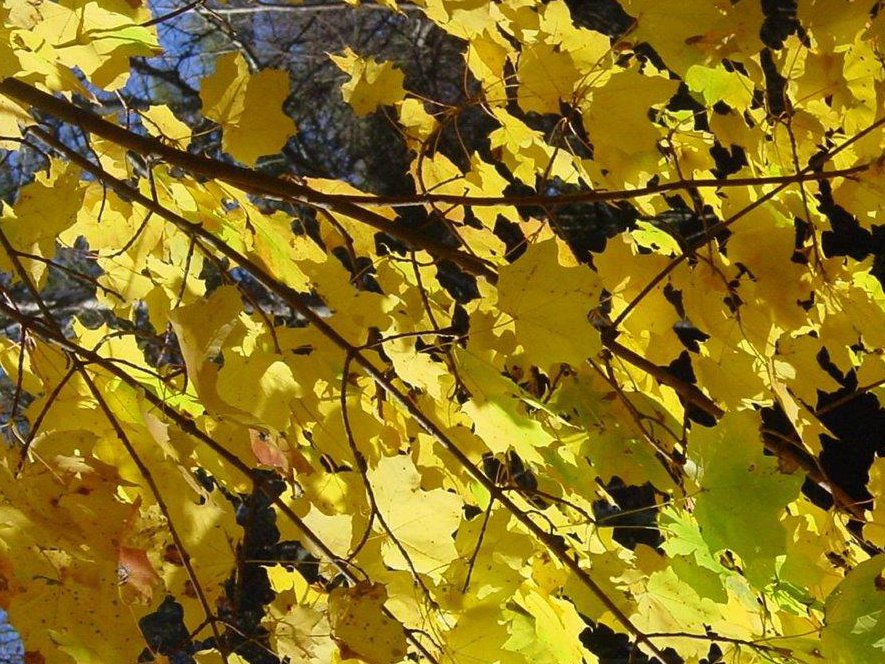News

September 29, 2020
Autumn Gold – Reap the Benefits of Fallen Leaves
By Marianna Quartararo, Resource Conservationist
Autumn leaves are the season’s most abundant crop. So pretty… until you have to rake them up, and then what to do with them?
Leaves are the main ingredient of the dark, rich, humus or organic matter that develops on the forest floor over time. Soil organic matter is one thing you can never have too much of. Organic matter increases the movement of air, water and nutrients through the soil.
DO NOT rake leaves into waterways (lakes, streams, wetlands, etc.). This will increase the nutrient load in the waterway contributing to algae blooms and vegetation growth.
There are many ways to utilize the valuable resource of autumn leaves:
- Don’t rake them up. Run them over with the lawn mower! Cutting them into smaller pieces and leaving them on the lawn will improve the soil as well as release nutrients back into the soil. If you don’t have a mulching mower, you may need to go over them twice to shred them into smaller pieces.
- Rake them into a pile and shred them with the mower to produce leaf mulch. Or place the leaves in a plastic garbage can and use a string trimmer to shred the leaves. Use this to mulch your flower and vegetable gardens.
- You can put them aside in a pile to break down into the wonderful stuff we call leaf mold. Use in the spring to improve your soil or as a mulch.
- Place leaves in large black garbage bags and leave by your compost bin. When you need to add carbon-rich “brown stuff” to your compost pile, just open the bag and add a layer to the compost bin.
- Start a new garden bed the easy way. Pile the shredded leaves over the area where you wish to start a new garden bed. You can surround the area with a temporary fence or cover with newspapers or cardboard weighted down with rocks (we have PLENTY of those in Pike County) so nothing blows away over the winter. In a year or two, you can dig planting holes where needed and add a layer of mulch.
- Set up a worm bin. Add leaves in addition to newspaper to feed the worms. Visit the links below for more information on how to set up and maintain a simple worm bin in your home.
